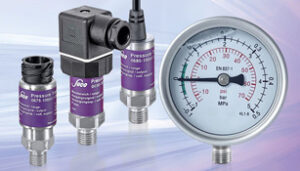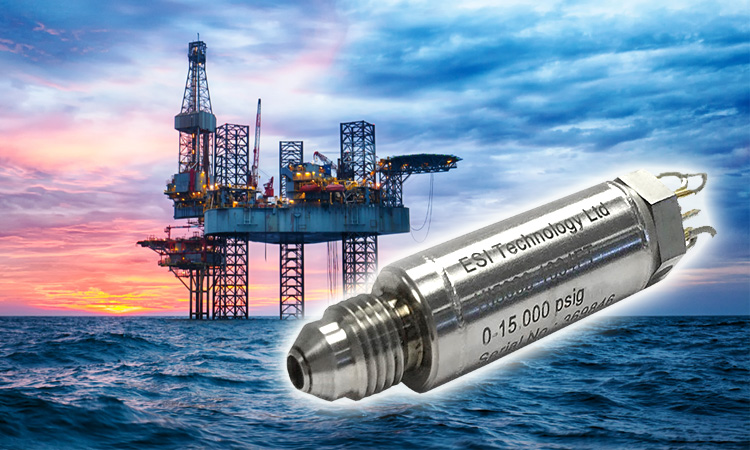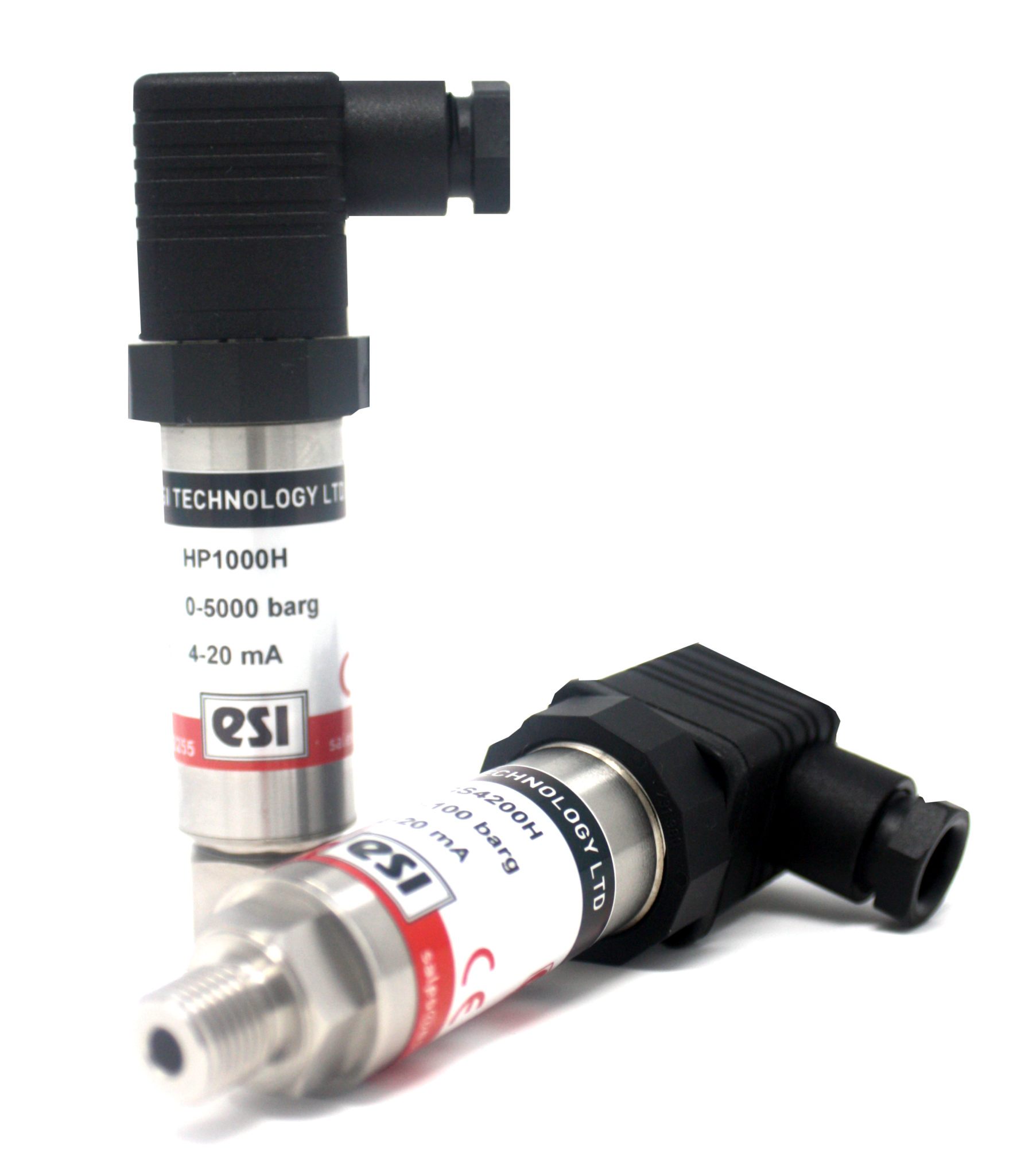Selecting the right pressure transducer for your application involves considering several important factors to ensure accurate and reliable pressure measurements. Here are the key steps and considerations:
 Pressure Range: Determine the range of pressures that need to be measured in your application. Select a pressure transducer that can cover this range. Be sure to consider both the minimum and maximum expected pressures.
Pressure Range: Determine the range of pressures that need to be measured in your application. Select a pressure transducer that can cover this range. Be sure to consider both the minimum and maximum expected pressures.- Pressure Type: Decide whether you need to measure gauge pressure (relative to atmospheric pressure), absolute pressure (relative to a perfect vacuum), or differential pressure (the difference between two pressures). Choose a transducer type that matches your requirement.
- Accuracy and Precision: Define the level of accuracy and precision required for your measurements. Higher accuracy transducers are generally more expensive. Consider the tolerances acceptable for your application.
- Environmental Conditions:
- Temperature: Ensure that the chosen transducer can operate within the temperature range of your application. Some environments may require specialized temperature compensation features.
- Media Compatibility: Check if the transducer material and construction are compatible with the fluid or gas being measured. Some applications involve corrosive or abrasive substances that may require specialized materials.
- Response Time: Consider the response time or speed at which the transducer can measure pressure changes. This is important in dynamic or fast-changing pressure applications.
- Electrical Output: Determine the type of electrical output signal you require (e.g., analog voltage, current, digital output). Ensure compatibility with your data acquisition system or controller.
- Electrical Connection: Consider the type of electrical connectors and wiring required for your application. Choose transducers with appropriate connectors and wiring options.
- Mounting and Installation: Determine the mounting method and location for the transducer.
- Environmental Conditions: Assess the environmental conditions in which the transducer will operate, including factors like humidity, vibration, and electromagnetic interference.
- Cost: Cheaper transducers may be suitable for some applications, but they may sacrifice accuracy or durability.
- Calibration and Maintenance: Consider the ease of calibration and maintenance. Some transducers require periodic calibration to maintain accuracy.
- Manufacturer and Supplier: Choose reputable manufacturers or suppliers with a track record of quality and reliability.
- Regulatory Compliance: Ensure that the chosen transducer meets any industry-specific standards or regulations relevant to your application.
Once you have considered these factors, you can narrow down your options and select the pressure transducer that best meets your specific requirements. It’s often helpful to consult with experts in the field or the manufacturer’s technical support team for guidance in making the right choice.
![]()
Learn more > CANbus Pressure Transducer



